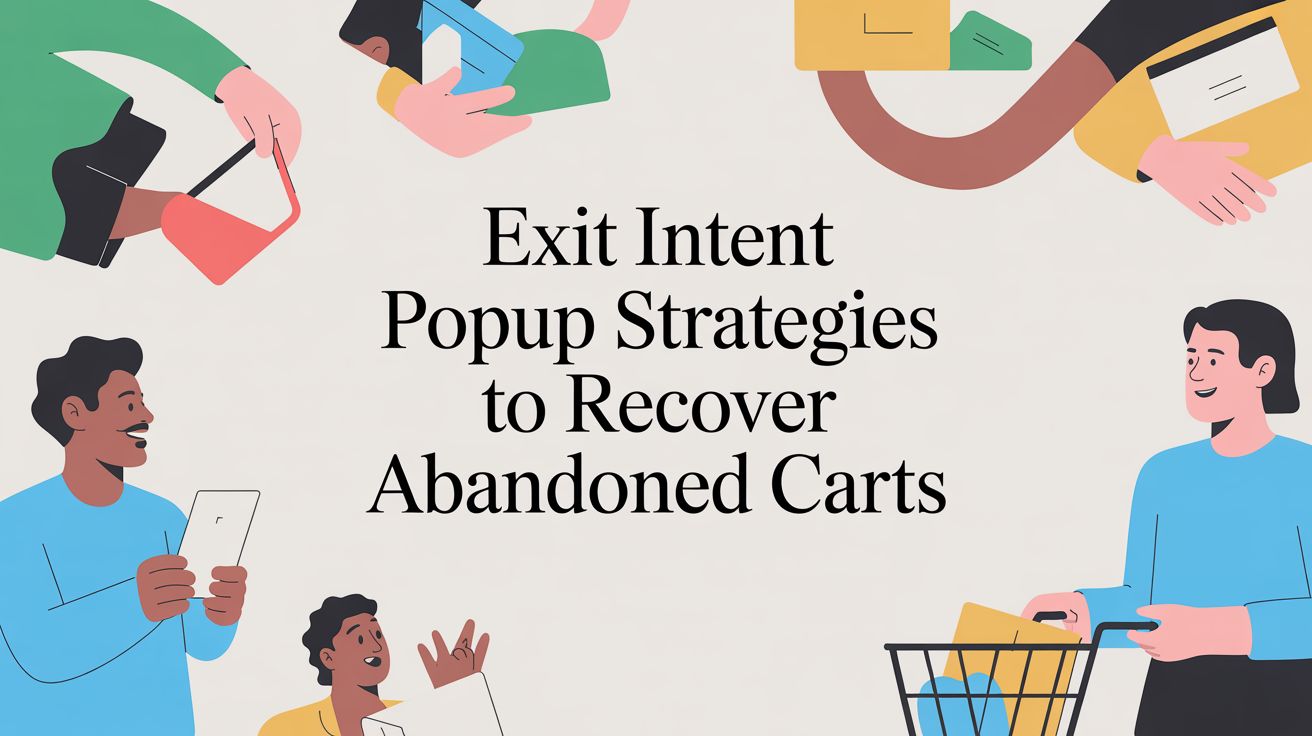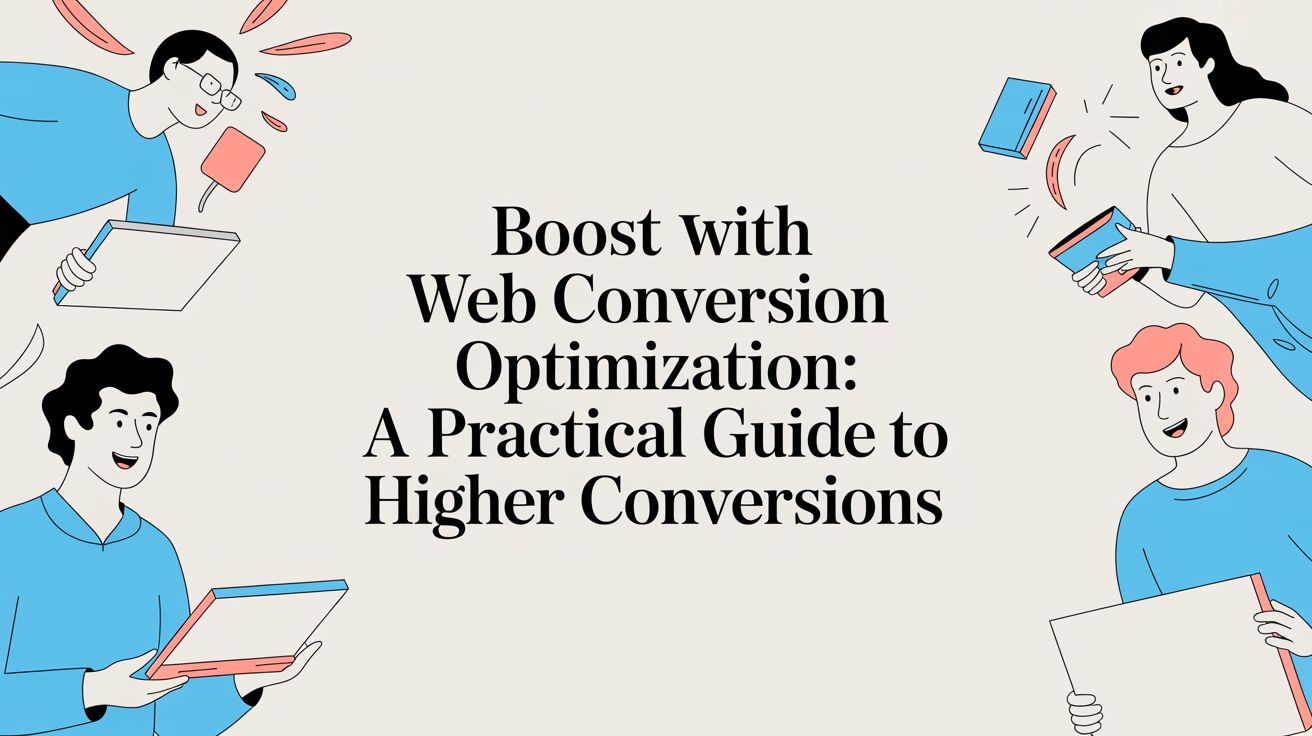
The psychology behind limited-time menu items

Whether it’s a special time of year or a random campaign promotion, you know that limited-time menu items are an especially valuable marketing strategy for many quick-service restaurants. But what if we told you that their success can be tied back to consumer psychology?
Minhaaj Rehman, consumer psychologist and CEO of Psyda Solutions, an AI powered company providing academic and industrial research services and products, spoke to us about human fascination with limited-time menu items, how time restrictions impact consumer-buying decisions and what this psychology can mean for your brand.
If you were to take a moment and imagine the various amenities available to hunters and gatherers during the first few years of human civilization, it wouldn’t take long to conclude that luxuries were few and far between. Food, shelter, water and other basic necessities came on a first come, first-served basis. Time was of the essence.
While humans have evolved since prehistoric times, the main functions of our brain have not. We still have an innate desire to fulfill our needs quickly and to take advantage of valuable resources when they come our way.
“From a psychological perspective, people are typically loss averse. They want to maximize their pleasure and their happiness, and they want to minimize things that take away from their life. Whenever we’re given a limited-time offer, it triggers that primitive part of our brain so that we can maximize our survival options,” said Rehman.
This may leave you thinking, ‘Wouldn’t a year-round offer maximize survival even more? Why purchase a temporary item instead of something that will continue to be reliable after the season is up?’ The answer lies in exclusivity.
“Exclusive offers give humans this sense of status. Human beings are social creatures so we always put ourselves up against other people to find out where we rank in the hierarchy,” said Rehman. “That exclusivity elevates the perceived value of the offer.”
But just because an item is being served for a limited time doesn’t mean it will do well with consumers. All sorts of items have briefly appeared on menus across the country only for them to tank with customers.
Then, there are the chosen few: limited-time menu items that come back year after year, so popular that you most likely thought of them upon reading the title of this blog.
There’s a science to debuting limited-time offers, and it can be very hard to determine a sweet spot that will work for your brand and its customers. Rehman says finding the best item all comes down to strategy and how well you know your audience.
“You have to think about what void the product will fill in the consumer’s life. Will the product improve their life? It doesn’t actually have to do so, it just has to give them the perception that with this product [in their life] they’re better people,” said Rehman. “You must also consider: Is that product exclusive enough? Is it worth the price? Is it better than the other products on the market?”
Having a large consumer base allows you access to a variety of psychological responses, analytics and demographics, and marketing strategies that you can use to determine which ones support your limited-time offers the best.
To the naked eye, a seasonal drink or baked goods might look like just that: a fun treat to indulge for a limited time. But as brain science would have it, limited-time menu offers give brands and consumers the chance to connect at one of the most primal psychological levels.

Lindsay Keener is a brand journalist for Quikly. She covers stories that help to inform and educate consumer-facing marketers.

